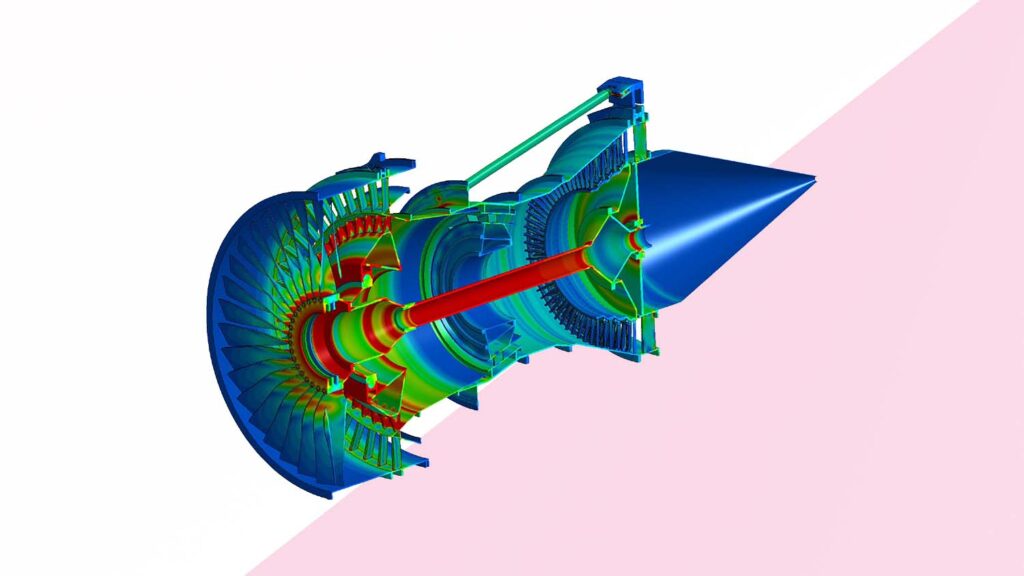Rolls-Royce has collaborated with Ansys and Intel to reduce the simulation time of its thermo-mechanical model for a gas-turbine engine from more than 1,000 hours to less than 10 hours, saving energy and development costs.
Powered by Ansys’ simulation and Intel’s high-performance computing (HPC) technologies, the simulations are reportedly able to benefit from reduced memory requirements, optimised and accelerated performance, and improved parallel efficiency.
Rolls-Royce suggests that it will be able to create high-fidelity virtual prototypes for ‘clean and complex propulsion solutions for safety-critical applications in the air, at sea and on land’.
“Rolls-Royce is committed to reaching net-zero within our own operation by 2030 and to enabling the sectors in which we operate to reach net-zero by 2050,” said Rolls-Royce HPC expert Todd Simons.
“To achieve these goals and reduce emissions successfully, digital transformation is necessary. We believe cutting-edge technologies from Ansys and Intel will enable us to develop smarter, cleaner, and safer engines to power a more sustainable future for aviation while also reducing our operational carbon footprint.”
The collaboration was also supported by the computing resources at the Oak Ridge Leadership Computing Facility, HPE, and researchers at the NCSA (National Center for Supercomputing Applications).
“Ansys is proud to collaborate with Rolls-Royce and Intel to leverage the power of simulation and related technologies to develop cleaner engines, combat climate concerns, and reduce emissions,” said Shane Emswiler, senior VP of products at Ansys.
“We are confident that Ansys’ simulation portfolio and Intel’s compute power will equip Rolls-Royce engineers to positively impact the future of aviation.”






